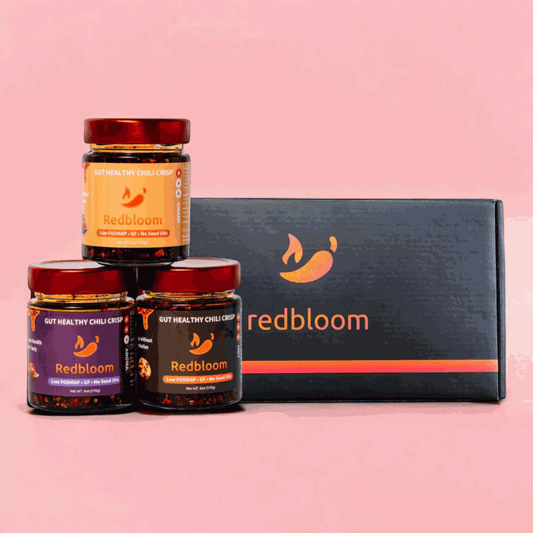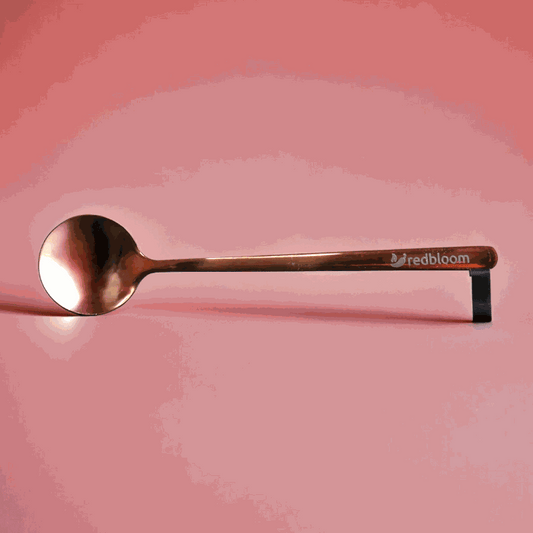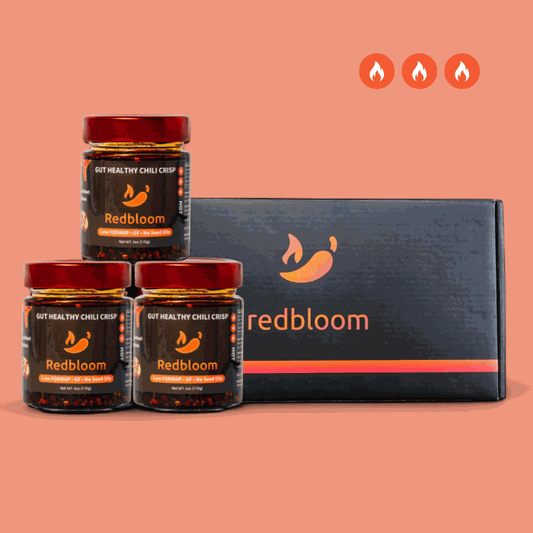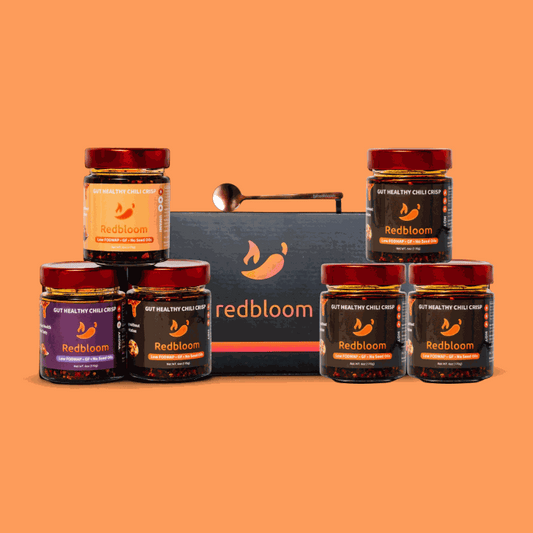What is a Scotch Bonnet?
Introduction
The Scotch Bonnet pepper, known for its fiery heat and distinctive flavor, is a popular chili pepper variety that is widely used in Caribbean and West African cuisines. This small but mighty pepper packs a punch and adds a unique zing to various dishes. In this article, we will delve into the origins, characteristics, culinary uses, heat level, and some interesting facts about the Scotch Bonnet pepper. So, let's explore the spicy world of the Scotch Bonnet!
Table of Contents
- The Origin of Scotch Bonnet
- Physical Characteristics
- Culinary Uses
- Heat Level and Scoville Scale
- Nutritional Value and Health Benefits
- Interesting Facts about Scotch Bonnet
- Conclusion
- FAQs
The Origin of Scotch Bonnet
The Scotch Bonnet pepper (Capsicum chinense) is believed to have originated in the Caribbean region, specifically in Jamaica. It derives its name from its resemblance to a traditional Scottish Tam O'Shanter hat. Over time, the Scotch Bonnet pepper has become an integral part of Caribbean and West African culinary traditions.
Physical Characteristics
The Scotch Bonnet pepper is small in size, measuring about 1 to 2 inches in diameter. It has a distinctively squat shape, resembling a bonnet or hat, which gives it its name. The pepper's skin is smooth and glossy, with a range of vibrant colors, including bright yellow, orange, or red when fully ripe. Its flesh is thick, and the pepper contains numerous small seeds.
Culinary Uses
Scotch Bonnet peppers are highly valued for their intense heat and unique flavor profile. They are a key ingredient in many traditional Caribbean dishes, such as jerk chicken, curries, hot sauces, and stews. The peppers are often used in marinades, salsas, and chutneys, adding a fiery kick and fruity undertones to the recipes. Scotch Bonnet peppers can also be dried and ground into a spice powder for seasoning various dishes.
Heat Level and Scoville Scale
Scotch Bonnet peppers are known for their scorching heat. On the Scoville scale, which measures the spiciness of peppers, Scotch Bonnets typically range from 100,000 to 350,000 Scoville Heat Units (SHU). This puts them in the same heat range as habanero peppers, making them one of the hottest chili peppers available. The high heat level of Scotch Bonnets adds an intense and lingering spiciness to any dish.
Nutritional Value and Health Benefits
Scotch Bonnet peppers offer more than just heat; they also provide various nutritional benefits. They are rich in vitamins A and C, as well as antioxidants that promote good health. Additionally, capsaicin, the compound responsible for the pepper's spiciness, has been associated with potential health benefits, including pain relief, improved digestion, and increased metabolism.
Interesting Facts about Scotch Bonnet
- Culinary Influence: Scotch Bonnet peppers are a prominent ingredient in Caribbean cuisine, contributing to the distinct flavors and spiciness of dishes.
- Global Usage: The popularity of Scotch Bonnet peppers extends beyond the Caribbean. They are also used in West African cuisines, particularly in dishes from countries such as Ghana, Nigeria, and Cameroon.
- Flavor Complexity: Along with their heat, Scotch Bonnet peppers offer a fruity and sweet flavor that adds depth to dishes.
- Pepper Pairings: Scotch Bonnet peppers pair well with ingredients like onions, garlic, thyme, allspice, and tropical fruits, enhancing the overall taste experience.
- Culinary Precautions: Due to their intense heat, it's advisable to handle Scotch Bonnet peppers with caution, using gloves when chopping or handling them to avoid skin irritation or accidental contact with sensitive areas.
Conclusion
In conclusion, the Scotch Bonnet pepper is a fiery and flavorful chili pepper variety that adds a distinct kick to Caribbean and West African dishes. With its unique appearance, intense heat, and fruity flavor, the Scotch Bonnet has gained popularity among spice enthusiasts and adventurous food lovers. So, next time you crave a spicy culinary adventure, consider embracing the boldness of the Scotch Bonnet pepper!
FAQs
1. How hot is a Scotch Bonnet pepper compared to other peppers? Scotch Bonnet peppers are considered very hot, similar in heat level to habanero peppers. They typically range from 100,000 to 350,000 Scoville Heat Units (SHU).
2. Can Scotch Bonnet peppers be used in non-spicy dishes? Yes, Scotch Bonnet peppers can be used in small amounts to add flavor without overwhelming spiciness. However, it's important to use them judiciously, keeping in mind their heat level.
3. Are Scotch Bonnet peppers only used in Caribbean cuisine? While Scotch Bonnet peppers are most commonly associated with Caribbean cuisine, they are also used in West African dishes, where they contribute to the vibrant flavors and spiciness of the cuisine.
4. Can Scotch Bonnet peppers be dried for long-term storage? Yes, Scotch Bonnet peppers can be dried and stored for later use. Dried peppers can be ground into powder or rehydrated for cooking.
5. Are Scotch Bonnet peppers beneficial for health? Scotch Bonnet peppers contain vitamins, antioxidants, and capsaicin, which have potential health benefits. However, individual results may vary, and it's best to consume them in moderation as part of a balanced diet.





